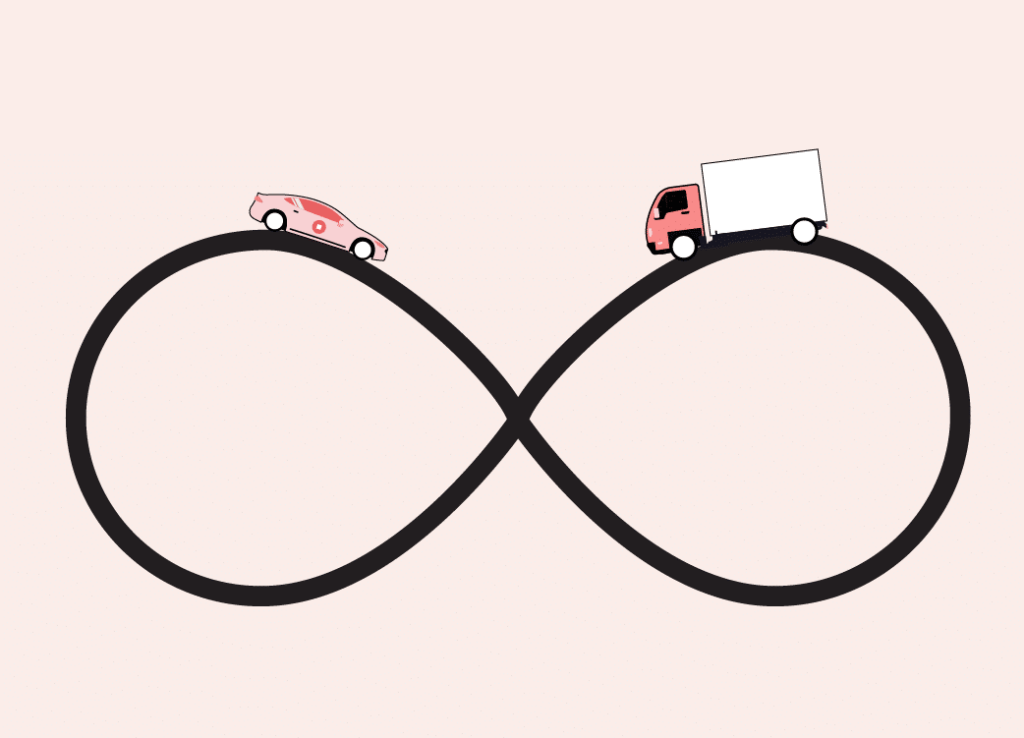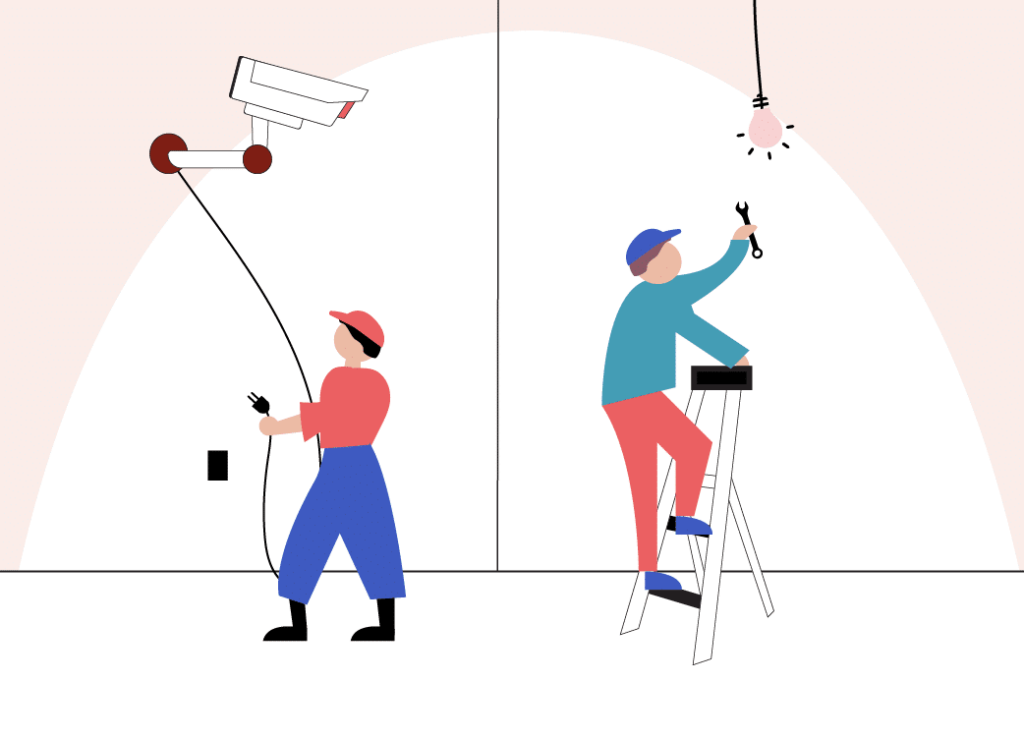When asset owners think about efficient construction, parking doesn’t always immediately come to mind. However, parking has a larger role in the upcoming mobility landscape, and an asset has enormous potential to do more than just store cars.
Parking design and construction should now be considered a priority because of what else an asset will be able to do in the next stage of the industry. Today’s leaders are building assets that will evolve into mobility hubs in the coming years. These hubs may be able to include everything from micro-mobility to laundry delivery services, car maintenance, and other sources of additional commercial revenue. Added services such as these indicate a new approach for assets by introducing the idea of variable revenue streams—services that can be added on to support standard parking services.
Parking owners and operators should heed the direction of the industry, including its ties to smart cities, and emphasize design in the initial phases of construction. Below, learn about efficient parking design and why it’s so important.
Two Common Pitfalls to Avoid When Thinking About Parking Design

Many owners and operators approach parking in similar ways when developing commercial property. Parking is seen as a means to an end—a mere waypoint in the customer’s journey.
But it can be much more!
To realize the potential, developers have to challenge the following two major outdated notions about parking.
It’s just something I have to include and get over with.
Oftentimes, there’s no getting around parking. Many cities require it in construction plans, and it can be a substantial capital expenditure. However, to simply view it as a hurdle to clear would be to deny the opportunities that are waiting in efficient design. Instead, treat parking as an investment, rather than just another necessary cost. Every investment requires costs upfront—but any good, strategic investment will also pay off these costs with interest.
…But, more parking will just steal opportunities for commercial business!
If you’re worried that parking assets are taking away from commercial business prospects, you’ll be excited to learn about everything that a mobility hub can offer. In fact, designing your parking asset the correct way can lead to more opportunities for revenue that is variable rather than fixed, ensuring a way to supplement your key offerings.
Now that you’re aware of these two pitfalls, we’ll explain the new opportunities that exist in modern parking assets.
3 Ways Parking Assets Can Enhance Commercial Development

Parking-first construction that enables mobility hub capabilities and technologies will ensure that you’ll be able to integrate new services in the future while being able to remain agile in the present. Proactive parking design can enhance commercial development in the following three ways:
- Providing a Variable Source of Revenue
In commercial properties, once a retail or other type of tenant signs a lease, you’re locked into that price for a specific duration. This revenue becomes fixed and unalterable. Your parking can do more—it can deliver variable sources of revenue from simple vehicle oil changes or grocery delivery services, or larger smart city integrations like EV charging or fleet management.
- A New Way to Integrate Technology for Customers
Variable revenue sources from new services can introduce new consumer technologies. For example, assets will be able to provide premium EV charging before customers can do so from home. Operators will be able to showcase the highest levels of convenience through the latest license plate recognition (LPR) tech, and via smartphone integrations through touchless payments or eParking reservations.
- Opportunities to Understand and Market to Customers
All of this new tech can enable new ways to communicate with and learn about your customers. Our Scan-to-Pay QR payment system is an example. In the future, should they opt-in, you’ll be able to send shoppers personalized coupons for stores they frequent as soon as they park.
5 Tips in Parking Design and Construction
- Pick the Right Entry and Exit
How people access your asset plays an essential role in their parking experience, and these access methods will also determine what technologies you can use. A strong setup begins with your access gate. Opt for gate or gateless entries rather than overhead doors—they’ll only alienate revenue from transient parkers because a badge or item in a vehicle is required for them to open.
- Build the Best Runway Length
Once you’ve decided on access control, you need to think about traffic flow to and from your asset. To correctly utilize technology like LPR, which can significantly reduce waiting times and track information, your runway needs 30 feet from the camera to the barrier gate. And the distance from the gate to the kiosk needs to be accounted for, as well.
- Include EV Charging Infrastructure Early
EV charging will be getting more popular thanks to changes in federal infrastructure. Owners who don’t include charging infrastructure in new construction will likely face steep costs when retrofitting later. When installing, the goal should be getting the most efficient usage from your customers. One construction method is to localize your charging stations by connecting them in a column so that the stations are stacked in one vertical direction and are in the same location no matter which floor.
- Determine Easy Traffic Flow Pathways
Ensuring smooth traffic is one of the top priorities in parking design. Avoid single lanes for bilateral traffic. Instead, dedicate lanes for each direction and have specific ramps for entry and exit. This way, people arriving or leaving will have their own space for finishing a transaction, and traffic won’t be obstructed.
- Install Abundant Lighting
Think of times you’ve gotten confused or lost while parking. Adequate lighting will help your customers navigate your assets. Place lighting fixtures to cover each stretch of drivable pavement, particularly around corners, so your parking lot doesn’t turn into a bumper car arena. You can also reduce glare by pointing your lights downward and using LED lights, which have minimal glare.
Putting parking first is a strategic practice. It requires understanding the value of the next-generation mobility hub and knowing that the way people travel is changing. The above tips will help prepare you in your next construction project for what’s to come by sharing how to build for the future.
Join the Parking Revolution, Subscribe
to Our Newsletter
We’re disrupting the parking industry because we believe our customers, consumers, and cities deserve better.

